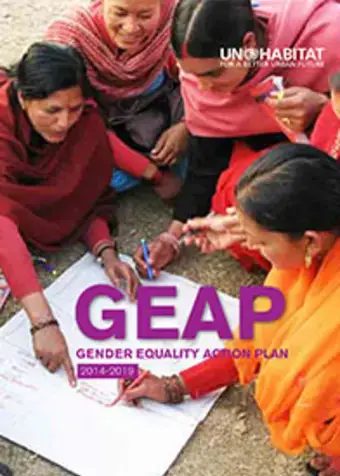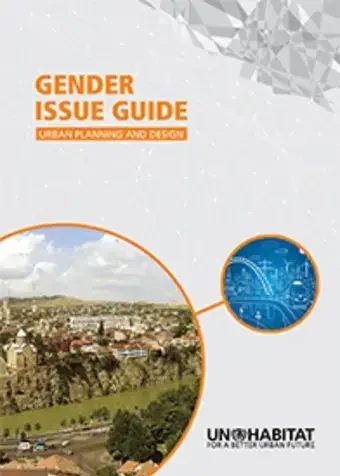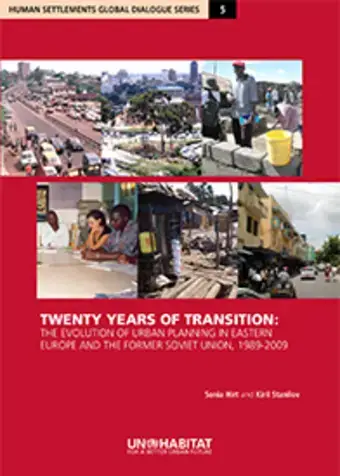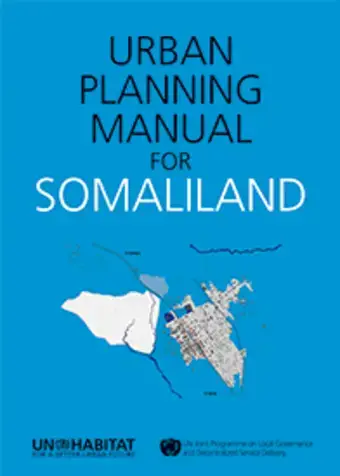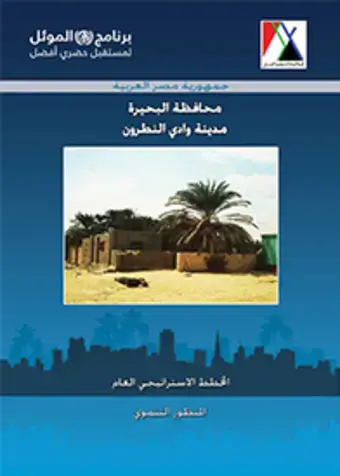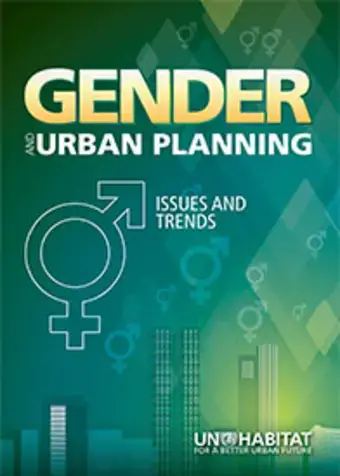Nairobi, 2 February 2015 - Only 20 per cent of global wastewater is currently being treated, leaving low-income countries hardest hit by contaminated water supplies and disease, according to a UN report which encourages governments to see treated wastewater as a valuable resource, and a priority for the post-2015 development agenda.
Urban planning important for development and inequality reduction, Dr. Clos tells MINURVI
Mexico City, 21 August 2014--"Urban planning is an important source of development and a tool for reducing inequality," UN-Habitat Executive Director Dr. Joan Clos has stressed.
In an address at the opening of the twenty-third assembly of the General Assembly of Ministers of Housing and Urban Development of Latin America and the Caribbean (known by its Spanish acronym MINURVI) in Mexico City on Wednesday, Dr. Clos said urban planning brings access to a dignified life adding that it was an engine for development as well as an incentive for development.
Experts convene on urban safety indicators
 Barcelona, 21 May 2014: Fifty-five international experts on urban development and security gathered in Barcelona for a two-day meeting on the Urban Safety Monitor; a new initiative that promotes the use of indicators for evidence-based policy and practice. The Expert Meeting was organized by UN-Habitat with the support of the City of Barcelona.
Barcelona, 21 May 2014: Fifty-five international experts on urban development and security gathered in Barcelona for a two-day meeting on the Urban Safety Monitor; a new initiative that promotes the use of indicators for evidence-based policy and practice. The Expert Meeting was organized by UN-Habitat with the support of the City of Barcelona.
